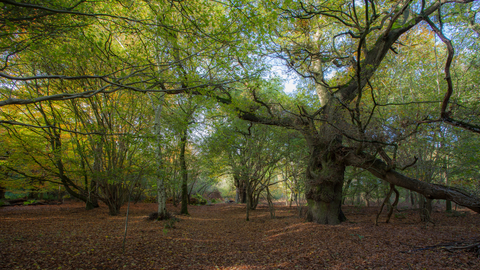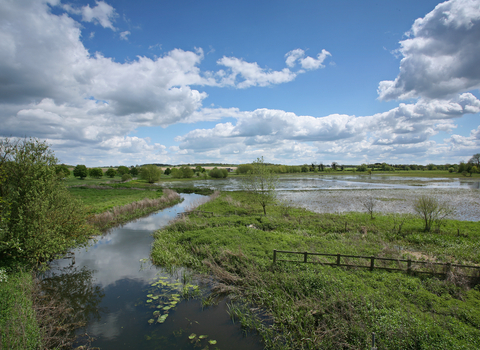
By Steve Aylward

By Steve Aylward
By Steve Aylward
By Steve Aylward

By Steve Aylward
Old Broom Nature Reserve
Know before you go
Dogs
No public access.
When to visit
Opening times
Guided walks onlyBest time to visit
Summer & AutumnAbout the reserve
Extraordinary, magical, there are many ways to describe Old Broom and none would be an exaggeration. Wood-pasture was a once extensive habitat, but much was grubbed out for agriculture, especially with the enclosure of common land. Wood-pasture that survived enclosure was often incorporated into the parkland of great estates and this most likely ensured its preservation.
Today, just fragments of this important habitat remain in Suffolk, with Old Broom amongst the best. Ecologically invaluable, the deadwood and hollow interiors of these great trees support many specialist fungi and invertebrates and the bark can host similarly rare lichens and mosses. The soils and grassland are equally ancient and undisturbed and being on the edge of the Brecks share many common Breckland characteristics, including periglacial vegetation stripes.
Owned and deeply cared for by the Hanbury family for two generations, Old Broom was gifted to the Trust in 2013, an act of great generosity that will ensure that this extraordinary place will remain extraordinary in perpetuity.

